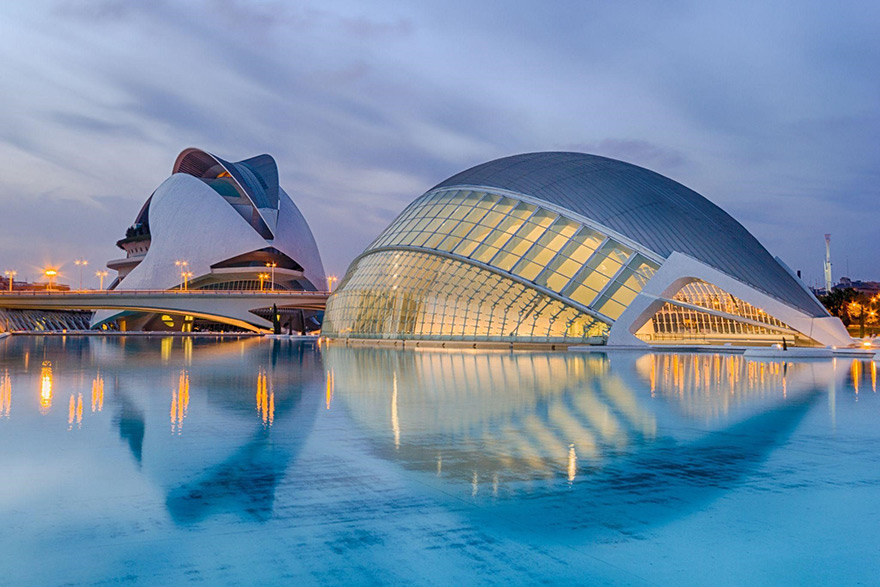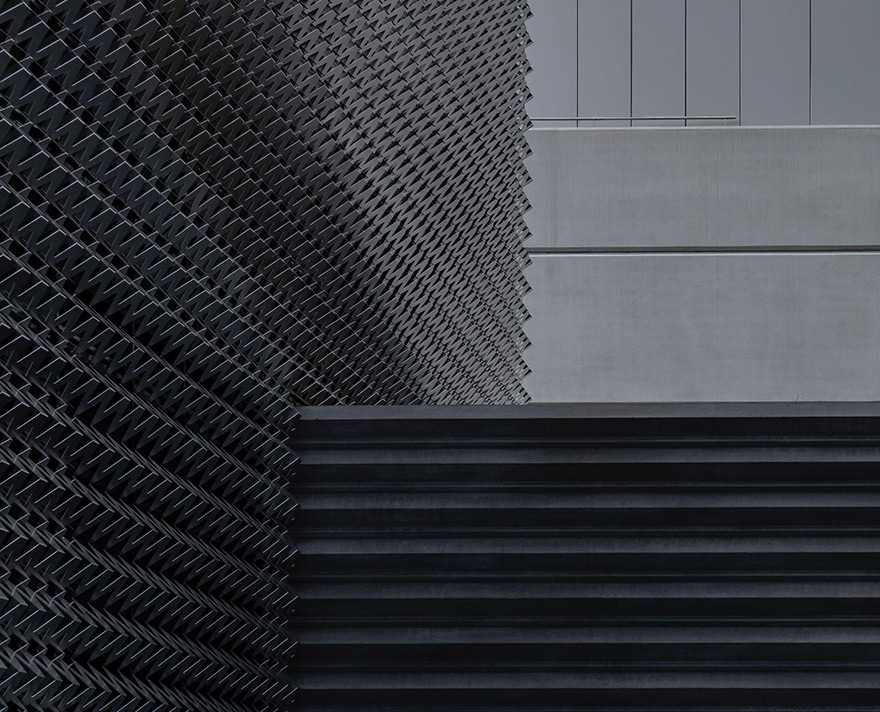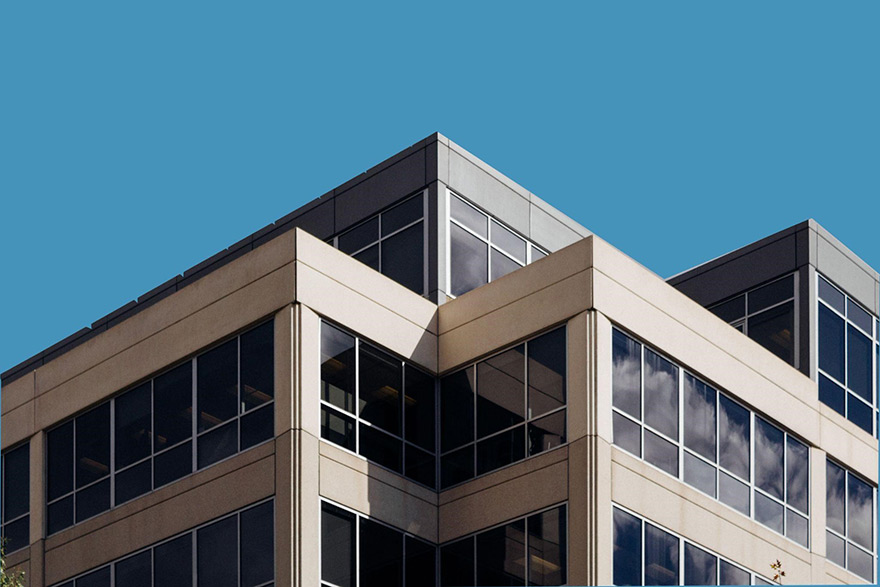
Innovative Architectural Materials for Buildings
Architects face greater demands now more than ever. Not only is there a dearth of qualified construction professionals - the industry is currently facing a worker shortage of nearly 500,000--to bring designs to life, but buildings are increasingly being scrutinized for their energy efficiency and ability to withstand natural disasters.
Fortunately, many outstanding building materials can help architects when the going gets tough. From lightweight, synthetic stucco that provides a continuous insulation system to a building’s exterior to fashionable acoustic ceiling clouds that eliminate the need for imposing barriers, contemporary building materials truly allow architects to do more with less.
Keep reading for a detailed analysis of 5 of the most innovative architectural materials for buildings.
Synthetic Stucco
Exterior insulation finishing systems, otherwise known as eifs stucco, are a type of cladding that provides wall exteriors with an insulated, finished surface. Although it is similar to traditional stucco in appearance, it has a couple of distinct advantages over the classic material:
- It is 80% lighter than traditional stucco, making for easier installation
- It is much more energy-efficient, with an R-value between 4 and 5.6, compared to traditional stucco’s 0.2 mark
EIFS has also proven to stack up favourably against brick and fibre cement in terms of energy efficiency, moisture intrusion, and temperature control.
All in all, choosing innovative synthetic stucco can provide buildings with a continuous insulation exterior that improves energy efficiency, reduces fire risk, and offers an aesthetically pleasing range of colour options.
Architectural Grilles

Architectural grilles can perform several purposes for buildings, especially in crowded urban areas where space limits design options.
First, they can improve the aesthetic intrigue of a building. This comes in very handy during building rehabilitations, allowing the architect to efficiently install a more decorative facade without compromising the building’s bones.
In addition, they can be beneficial in mitigating sunlight into a building. While natural light flow is generally desirable, too much direct sunlight can make south-facing sections of the structure uncomfortably hot during the height of the day. An architectural grille can provide a buffer that keeps the light flowing while absorbing some of the solar radiation.
Finally, architectural grilles can be used as a noise and debris buffer for buildings that face streets or busy plazas.
Prefabricated Structural Steel

More and more architects are leveraging the advantages of steel buildings. Steel structures offer an unmatched level of clear span--the distance between walls or other support points. This facilitates the creation of sprawling open interiors, which allow for greater design and reconfiguration possibilities than buildings that are supported by beams and pillars.
In addition, metal buildings offer unmatched durability, and outstanding energy efficiency, and can be paired with any number of cladding options to create an aesthetically pleasing exterior.
However, arguably the greatest benefit of steel structures is their ability to be partially fabricated offsite. This allows the entire project to be completed in a fraction of the time of other construction types, leading to cost savings through fewer labour hours and less material waste.
Historic Storm Windows

As society looks to curb consumption and build a more sustainable future, many architects are giving greater consideration to building rehabilitation. Although building rehab can be an involved process, the goal is to try to conserve and maintain as many of the building’s historic features as possible while making it compliant with contemporary building codes.
While each building rehab will require varying levels of attention and resource consumption, nearly all will need to have old doors and windows retrofitted.
Fortunately, some innovative historic window solutions can help a building maintain its classic ambience while protecting it from 100+ MPH projectiles. And even for new construction projects, the rising incidence of severe weather events across the country makes it worthwhile to consider the benefits of storm windows.
Acoustic Ceiling Clouds
With more and more buildings employing open interiors, it is necessary to buffer noise transfer from one area to another. While customizable plexiglass partitions are one solution, they may not be sufficient in sprawling spaces where the volume of people, technology, and machines will drown out any sense of privacy.
Therefore, it is a good idea to add acoustic ceiling clouds. Acoustic insulation clouds will not only baffle unwanted noise transfer in areas such as libraries or hotel lobbies but they can be designed in many attractive ways that traditional drop-ceiling insulation tiles cannot match.
Push the Boundaries with These 5 Innovative Architectural Materials
Innovative building materials can help architects bring their designs to life in the face of myriad challenges, such as construction worker shortages and increased energy efficiency demands.
With this in mind, insulative synthetic stucco, stylish architectural grilles, prefabricated structural steel, disaster-resistant storm windows, and noise-baffling ceiling clouds are 5 innovative architectural materials that allow architects to do more with less.
Roger Marx is a content writer for the construction and home improvement industries with an interest in landscaping, outdoor remodelling, and home renovation. He writes for the Innovative Building Materials blog. He is also focused on educating homeowners, contractors, and architects on innovative materials and methods of construction that increase property value and improve sustainability.











LEAVE A COMMENT